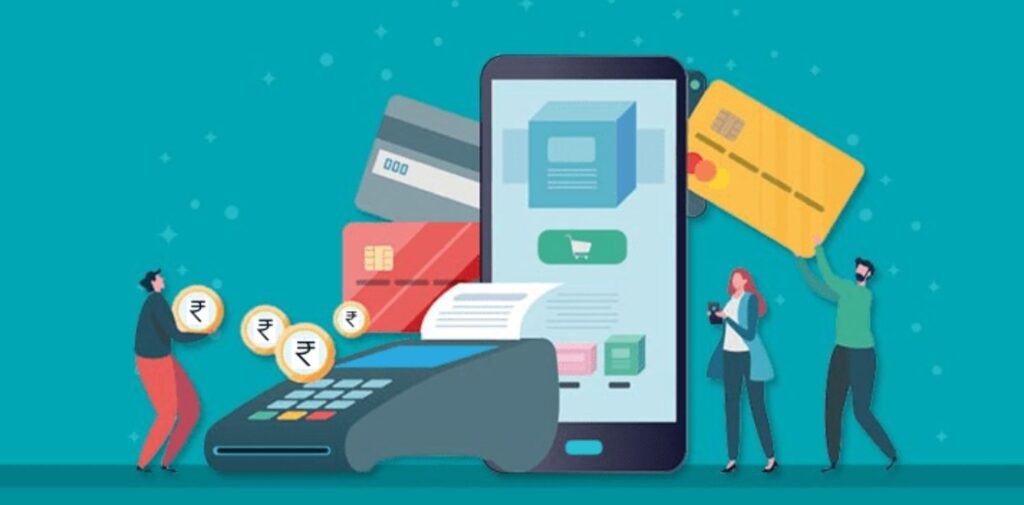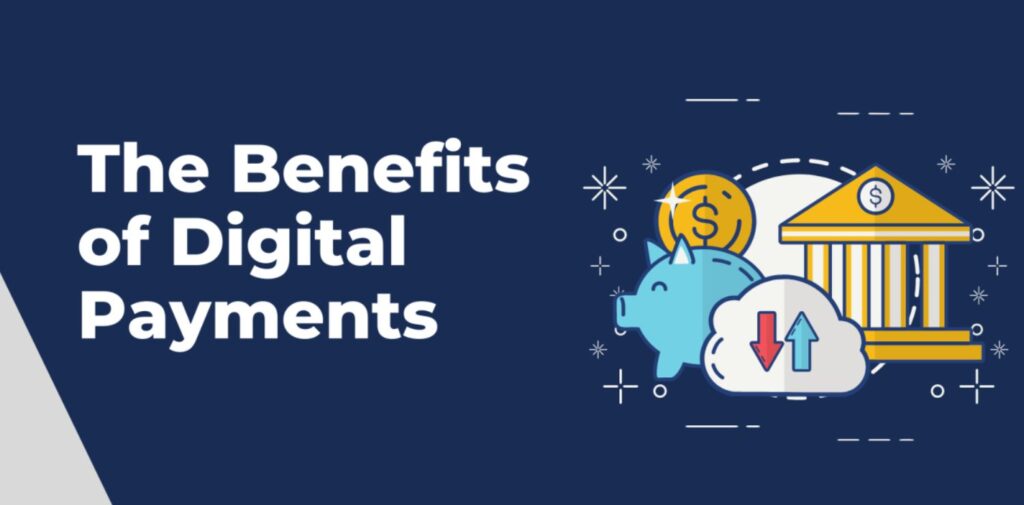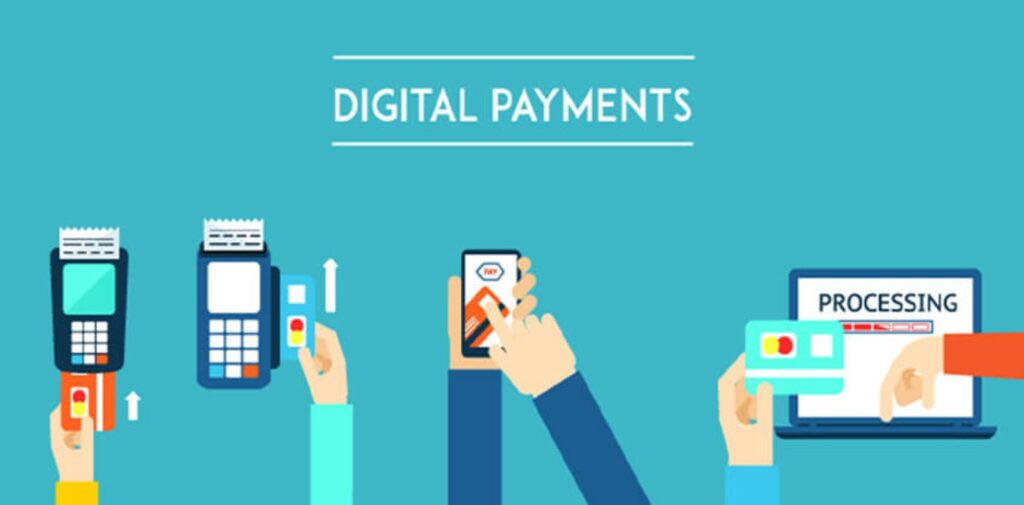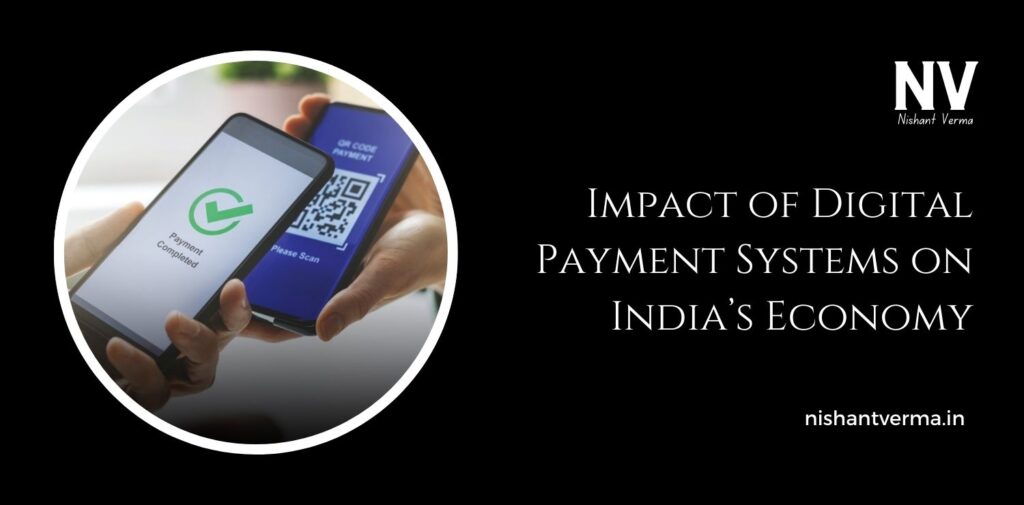In today’s world, almost everything is connected to the internet. From shopping online to paying for services, digital payments have become a big part of our daily lives. India, one of the world’s fastest-growing economies, has seen a huge change in how people pay for things. Digital payment systems are now everywhere, and they are changing the way we do business, spend money, and save for the future.
In this article, we’ll explore how digital payment systems have impacted India’s economy, making it easier for people to live, work, and grow their businesses.
What are Digital Payment Systems?
Digital payment systems are simply ways to pay for goods and services using the internet or electronic devices, rather than using cash. These payments can be made through mobile apps, bank transfers, or even using QR codes. Examples of digital payment methods in India include apps like Paytm, Google Pay, PhonePe, and many others.
In the past, most people used cash to buy things, but now people can use their phones or computers to make payments instantly, without the need for physical money.

How Digital Payments Started in India
India’s journey into digital payments began slowly but gained momentum in the last decade. One of the most important milestones was the government’s push to promote digital payments after the 2016 demonetization, which was the sudden removal of high-value currency notes. This created a huge gap in the amount of money available to people, and digital payments became a way for people to continue buying things without needing physical cash.
The government also launched initiatives like Jan Dhan Yojana, which encouraged people to open bank accounts. Over time, more and more people gained access to smartphones and internet connections, making it easier for them to use digital payment systems.
The Role of the Government
The Indian government played a huge role in promoting digital payments. Through programs like Digital India, the government worked hard to provide people with the tools and knowledge needed to use digital payments. It also improved the country’s internet infrastructure, making the internet more affordable and accessible.
One important change was the introduction of the Unified Payments Interface (UPI), which is a real-time payment system that makes it possible to transfer money instantly between bank accounts using mobile phones. UPI has made digital payments easy, quick, and safe for millions of Indians.

The Benefits of Digital Payment Systems in India
Digital payment systems have had many positive effects on India’s economy. Let’s take a look at some of the main benefits.
- Easier and Faster Transactions: One of the biggest advantages of digital payments is how easy and fast they are. In the past, people had to go to banks or wait in long queues to pay their bills or transfer money. With digital payments, this can be done from the comfort of your home, using just a smartphone or computer. Whether it’s buying groceries, paying school fees, or transferring money to friends, everything happens quickly.
- Financial Inclusion: Digital payment systems have helped bring banking services to many people who did not have access to them before. Rural areas, where traditional banking was less accessible, are now able to make payments digitally. People who may not have been able to open a bank account in the past can now send and receive money through their phones. This has helped reduce poverty and make financial services available to everyone, regardless of where they live.
- Boost to Small Businesses: For small business owners, digital payment systems have been a game-changer. In the past, many small businesses relied only on cash for transactions, which made it difficult to keep track of earnings or expand their businesses. With digital payments, they can easily manage their sales, and customers can pay using different methods. This has allowed small businesses to reach more customers and grow their businesses without the limitations of cash.
- Transparency and Reduced Corruption: Digital payments have brought more transparency into the economy. With every transaction being recorded electronically, it is easier to track where money is being spent and received. This helps reduce corruption, as people can no longer hide or mismanage funds. The government can also monitor financial transactions more effectively, which improves accountability and reduces black money circulation.
- Safer Transactions: In the past, carrying large amounts of cash was risky because it could be lost or stolen. But with digital payments, money is stored in a secure digital format. As long as you protect your account with strong passwords and other security measures, your money is safe. Digital payment systems also use advanced technology like two-factor authentication to keep your transactions secure.
- More Jobs and Economic Growth: As digital payments have become more popular, many new businesses have been created around them. New job opportunities have emerged in sectors like app development, tech support, digital marketing, and customer service. These new jobs have contributed to economic growth and helped India become a leader in the global digital economy.
Challenges of Digital Payments in India
While digital payments have brought many benefits to India, there are still some challenges. Let’s look at a few of them.
- Digital Literacy: Not everyone in India is familiar with how to use smartphones or digital payment systems. Many people, especially the elderly and those in rural areas, face difficulties in understanding how to make digital payments. The government and various organizations have been working to educate people and improve digital literacy, but there is still work to be done.
- Internet Access: In rural areas, internet connectivity can still be unreliable. Without a stable internet connection, it can be difficult to make digital payments. Although the government has been working on improving the country’s internet infrastructure, there are still regions where internet access is limited or slow.
- Cybersecurity Concerns: As digital payments grow, there is an increased risk of online fraud and cyberattacks. Hackers may attempt to steal money from people’s accounts. This is why it’s essential for users to be cautious and for companies to invest in strong security measures to protect their customers.
- Dependence on Technology: Another challenge is that digital payments rely heavily on technology. If there’s a problem with the internet or the payment system, people may not be able to make payments. This can cause inconvenience, especially during important transactions.

The Future of Digital Payments in India
Despite these challenges, the future of digital payments in India looks bright. More people are getting used to using mobile phones and internet-based services. The government continues to support digital payment initiatives, and the country is likely to see even more growth in this area in the coming years.
In the future, digital payments may become even more integrated into our daily lives. Innovations like blockchain technology, artificial intelligence, and biometric payments (using fingerprints or facial recognition) could make transactions faster, safer, and more convenient.
India is also becoming a global leader in the digital economy. More and more countries are looking at India’s progress with digital payments as an example. This will likely lead to stronger international trade and a more connected global economy.
Conclusion
Digital payment systems have revolutionized the way India does business and spends money. They have made transactions faster, safer, and more inclusive. They have helped people in both cities and rural areas access banking services and run businesses more efficiently. At the same time, they have reduced corruption, brought transparency, and contributed to economic growth.
While there are still some challenges to overcome, the future of digital payments in India looks promising. As technology continues to improve and more people embrace digital payments, India’s economy will continue to grow and develop, making it a global leader in the digital world.




